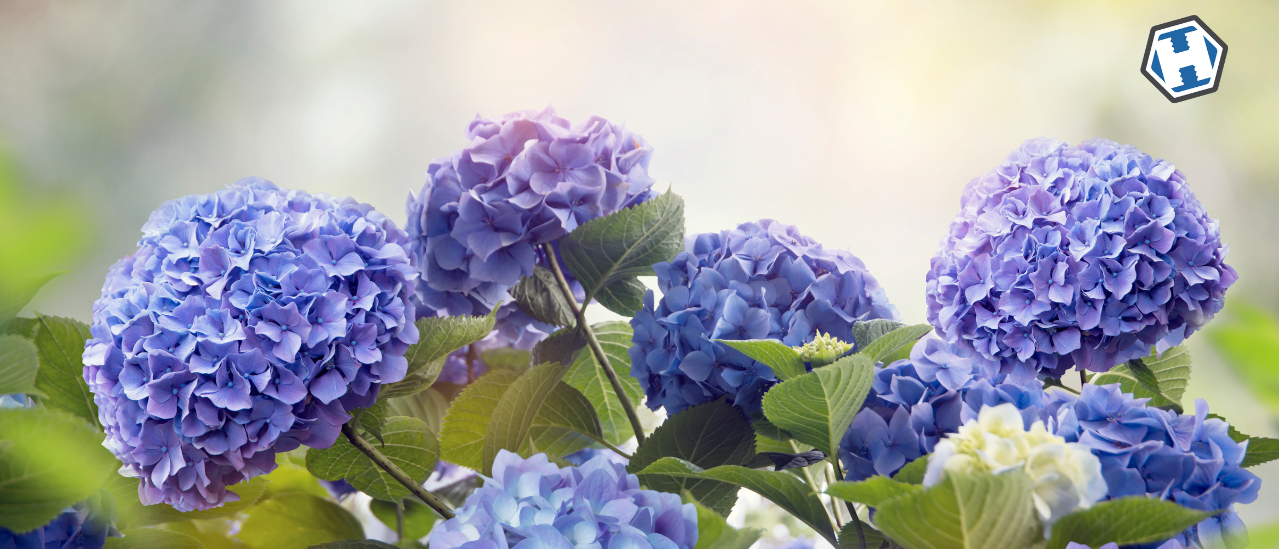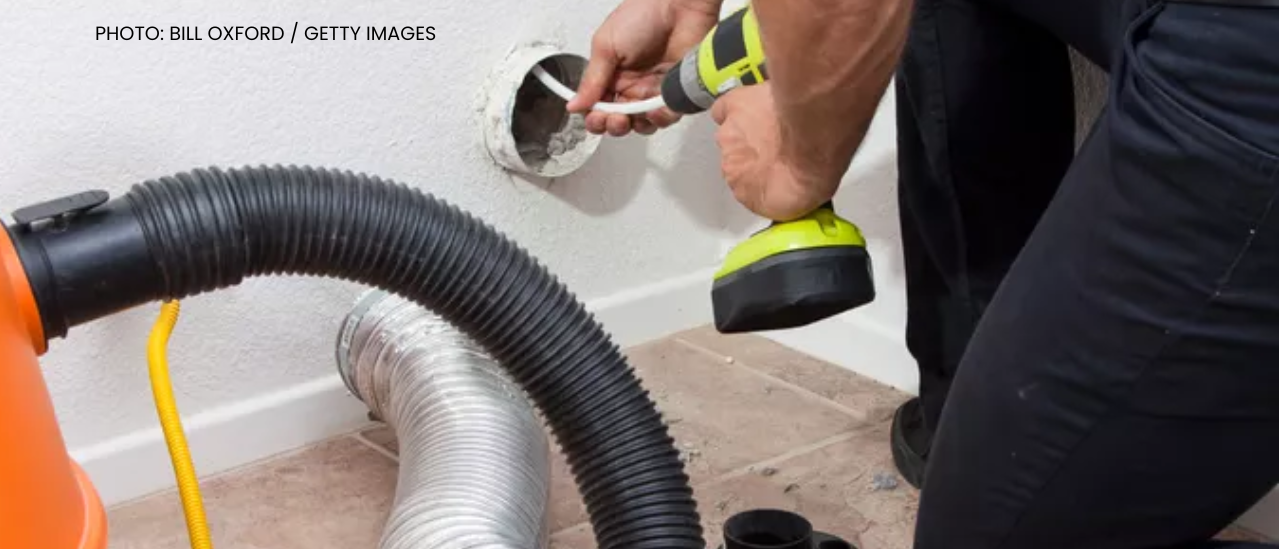How to Deadhead Hydrangeas
The poufs of colored flowers that emerge from hydrangea bushes are a sure sign that summer is here. These popular plants are superb, long-lasting garden ornaments.
When their flowering season comes to an end, you might be wondering how to deadhead hydrangeas, and more importantly when.
For pointers on deadheading your hydrangeas and pruning them to perfection, we spoke with Miri Talabac, a certified professional horticulturist and coordinator at the Home and Garden Information Center at the University of Maryland Extension.
She offered pointers on how to do it best, important factors to consider (like the cultivar you have planted), and how to deadhead successfully.
When to Deadhead Hydrangeas
Talabac notes that faded colors—which can range from dull green to blush ruby-red to brown—are a clear sign that it's time to deadhead. The petals of the hydrangea might also curl in on themselves or flip over.
Time of year is another important indicator: it's usually best to deadhead hydrangeas in early spring, at the end of fall, or at the beginning of winter. These are the periods in which the first bloom hasn't started or has already finished, making it the safest and most efficient time to prune.
How to Deadhead Hydrangeas

Deadheading directs energy into other parts of the plant, and by cutting above nodes, it opens up the chance for more flowers. Talabac says that although not many hydrangeas rebloom, "new flower buds will develop on the same stem if it's not cut back while dead-heading."
Follow these simple steps to learn how to deadhead a hydrangea plant:
Grab your tools: Use a pair of clean and sharp secateurs or pruners and gloves if you'd like to protect your hands.
Locate a node: Find a stem of a blossom that is brown or obviously dead and locate a node. Talabac notes that nodes are usually where leaves bud and where new growth emerges.
Cut above the node: Use your pruners to cut just above the node and place the dead blossom into your garden waste bag or bucket. Be careful not to cut too far down as Talabac warns this can hinder and delay further flowering for that year. Repeat this for each dead hydrangea head.
What Is Deadheading, and Why Is It Important?
Although reblooming isn't a main perk of deadheading, there are many other upsides. Deadheading hydrangeas can lessen plant diseases, rejuvenate and reinvigorate old plants, help shape the plant, and get rid of old flowers and those that bloomed prematurely and were killed in a frost.
One common misconception is that deadheading hydrangeas leads to reblooming. While it's sometimes possible, it's rare.
"Deadheading doesn't help them grow much, as they will either rebloom (if capable) or not, which is the default for most hydrangea varieties," Talabac. says
Why is this the case? Talabac explains that once we reach the middle of summer, that instead of focusing energy on blooming and above-ground growth, plants "switch gears" and divert their energy to processes that will help them prepare for harsh winter conditions.
Because of this and bloom times, regrowth shouldn't be expected unless you have a cultivar that's known for this. For example, the latest-blooming species, Panicle Hydrangea (Hydrangea paniculata) blooms late enough in the summer that deadheading won't impact whether or not it produces any new growth.
Deadheading is the process of cutting off spent flower heads. This helps the plant direct its energy towards new growth, instead.



